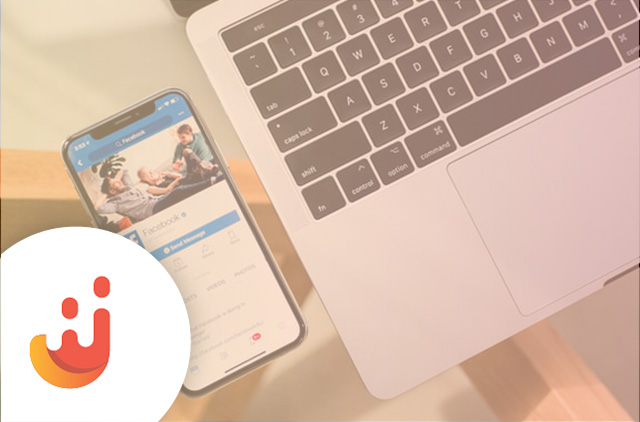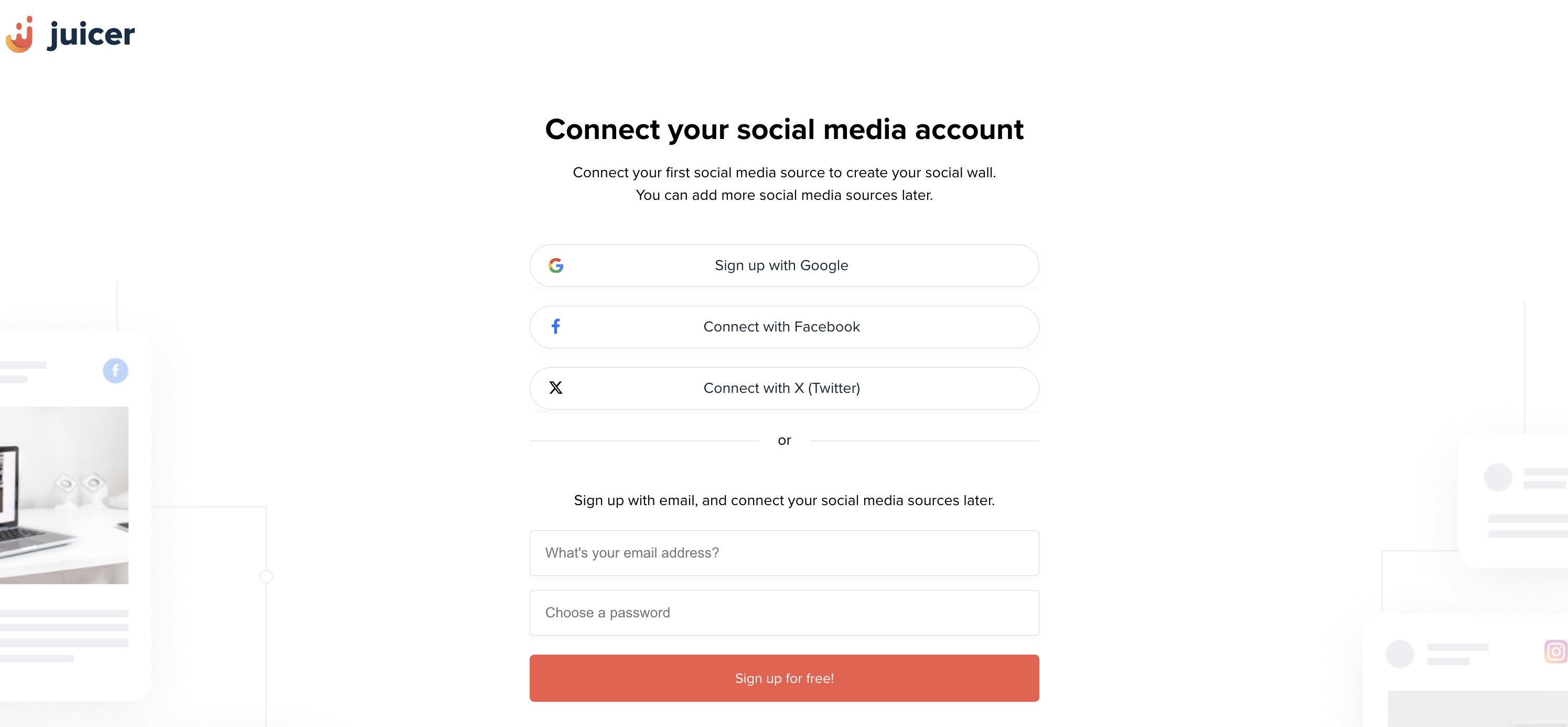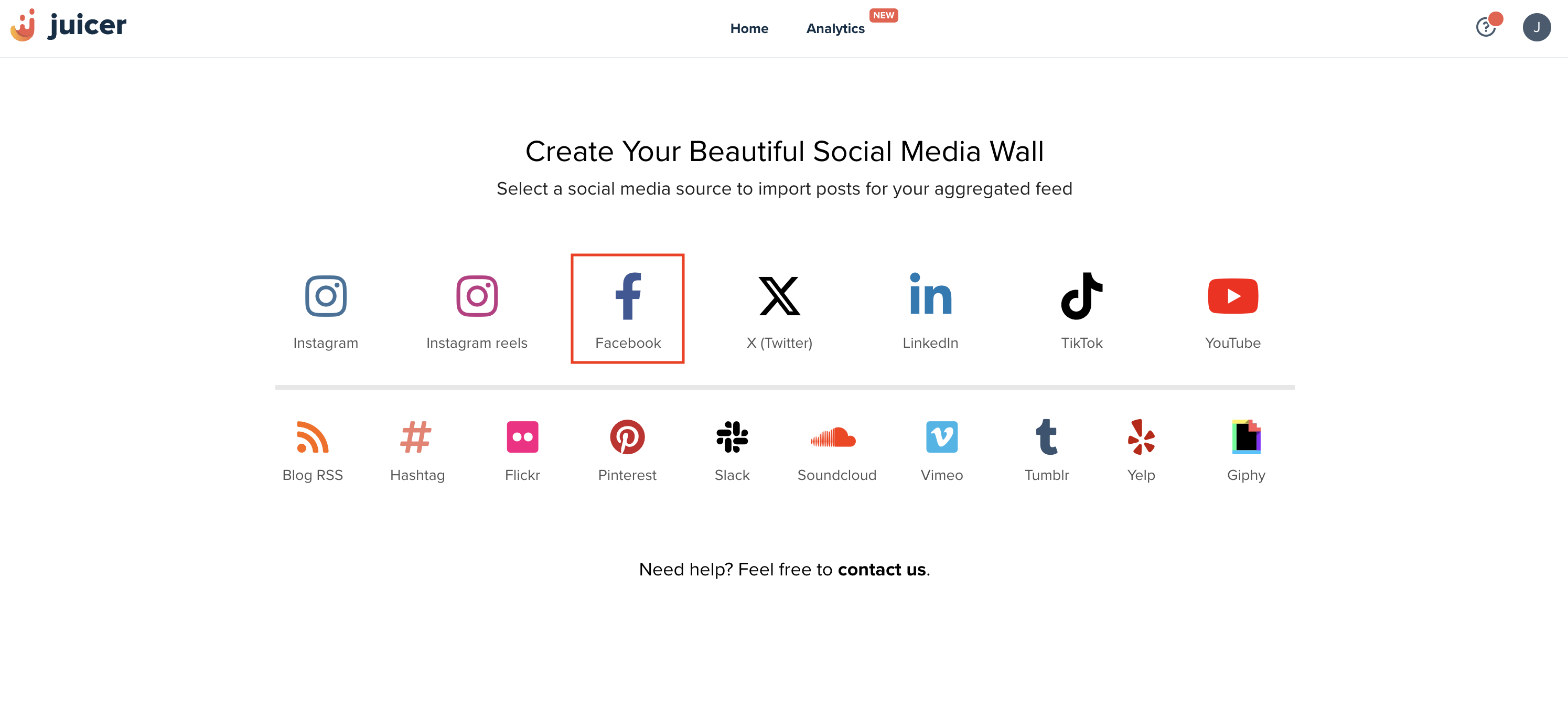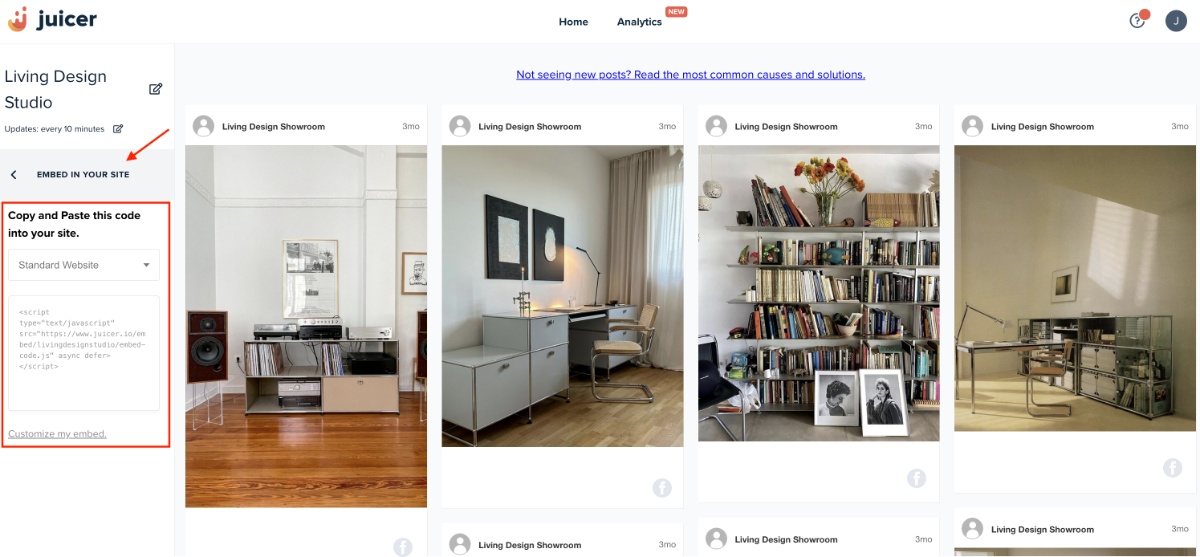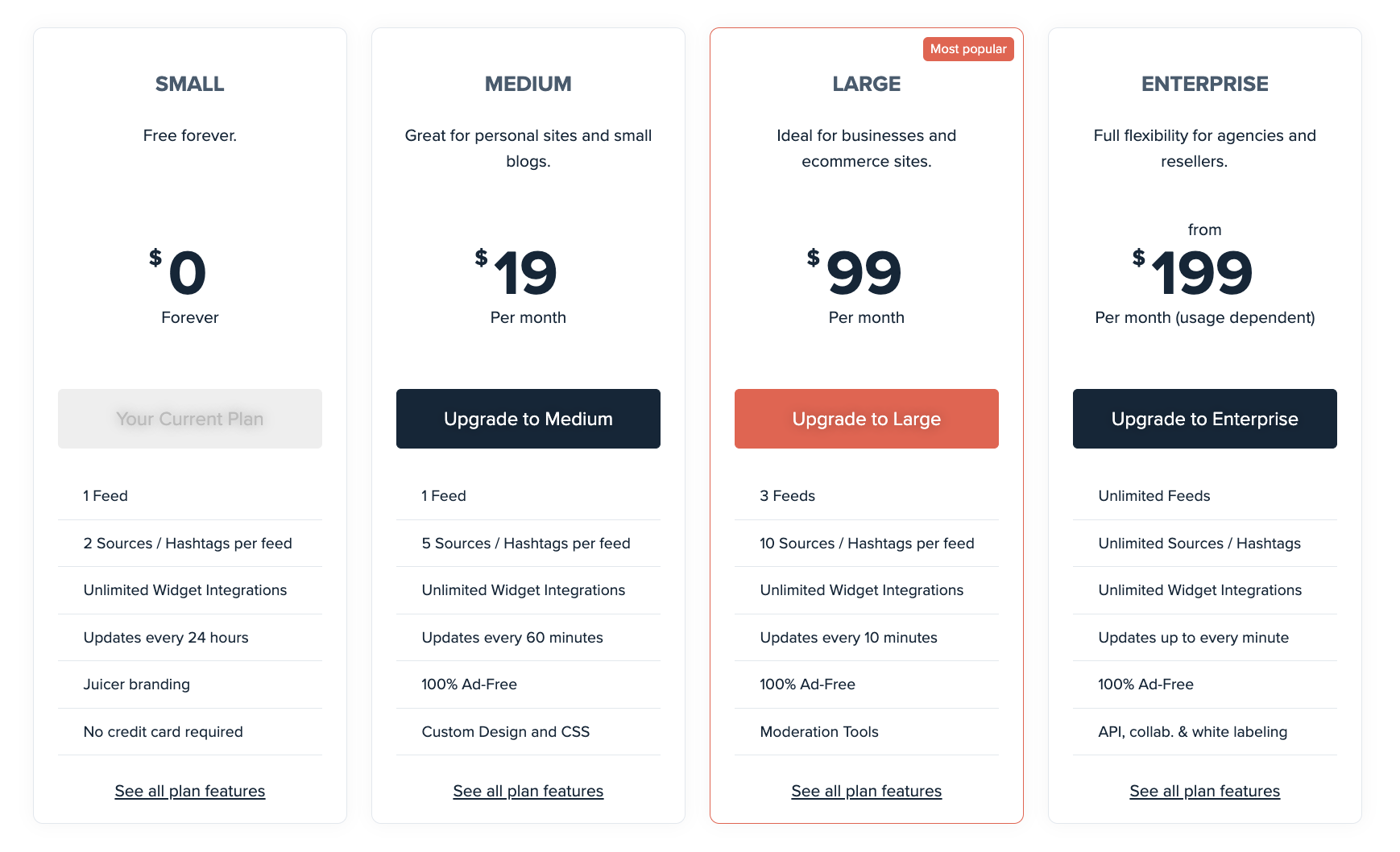Facebook is a great business tool, but it takes a lot of work to create, post, engage, and advertise your Facebook page. We should know; we do it too! Whether you’ve already built a successful Facebook following or are just starting out, one thing is clear: a Facebook page needs to be seen to grow.

A great way to grow your Facebook following is to embed a Facebook feed on your website. Hundreds, if not thousands, of visitors may come across your website, but the best way to capture and keep their attention is to turn them into fans. By embedding a Facebook feed widget on your website, not only will you hopefully capture new fans, but you’ll keep visitors engaged and on your web pages longer as well.
How to Embed Facebook Feed on Your Website
We thought you’d never ask! Lucky for you, there are many Facebook widgets and plugins for embedding Facebook feeds out there that easily allow you to embed your Facebook feed and share your content on your website, but some are certainly better than others.
This step-by-step guide will break down the simplest and most affordable way to embed a Facebook widget for websites using a free social media aggregator.
What is a Social Media Aggregator?
A social media aggregator is a tool that allows you to curate content from all of your favorite social media platforms (i.e., Facebook, Twitter, Instagram) into simple social media feeds you can embed on your website.
There are many different social media aggregators out there, so which one should you choose? Juicer, of course! Let us tell you 5 reasons why.
-
- Juicer allows you to curate 2 social media sources for free
-
- Juicer automatically updates your feed every 24 hours with any new content
-
- You can curate your social content as well as user-generated content about your brand and display it on your website’s social media feed.
-
- Juicer comes with 7 unique embeddable feed templates and customization features.
-
- Your unique feed URL can be shared with anyone or anywhere. List it on a business card, LinkedIn, or other social media platforms.
How to Embed a Facebook Feed in 3 Simple Steps
Now that you know what a social media aggregator is, using Juicer, let’s see just how easy it is to embed your new Facebook aggregator feed onto your website.
Sign up for a free Juicer account by entering your email address and password.
Name Your Feed & Add Your Facebook Account
Name your Juicer feed and then “Add Social Media Source” and choose the Facebook icon. Facebook will direct you to confirm your Facebook account and allow Juicer to access it. You will then need to enter your Facebook page name. Sit back and watch as Juicer automatically populates all of your recent Facebook posts into the Juicer dashboard!
Embed Your Juicer Code To Add Your Facebook Feed to Your Website
On the panel located on the left-hand side of the Juicer dashboard, go to “Embed In Your Site” and click on your customized URL. You can simply copy and paste your Facebook aggregator code into your web pages.
Log into your site management console and embed the Juicer code into any page you like! Use the Juicer dashboard to manage everything. We told you it was easy!
Examples of an Embedded Facebook Feed
Want some proof? Juicer is the preferred social media aggregator and embeddable social feed of more than 60,000 customers. We have had the pleasure of working with some awesome brands like OMag, Golden Globes, Princeton, McDonald’s, and even Bon Jovi. Check out some examples of an embedded Facebook feed on websites you might recognize.
Princeton University’s embedded social feed features posts from their Facebook page, Instagram, and Twitter.
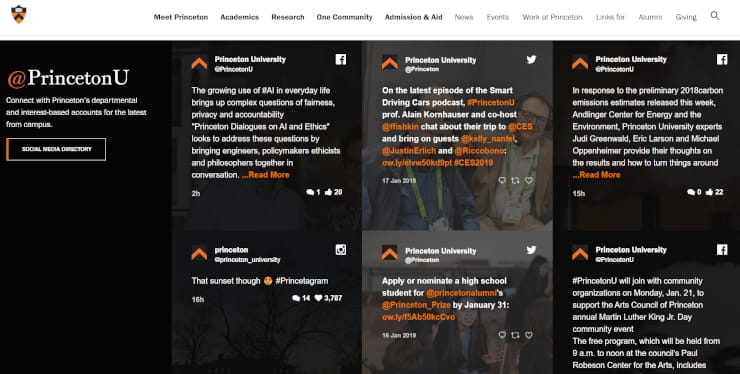
OMag’s embedded social feed features Instagram.
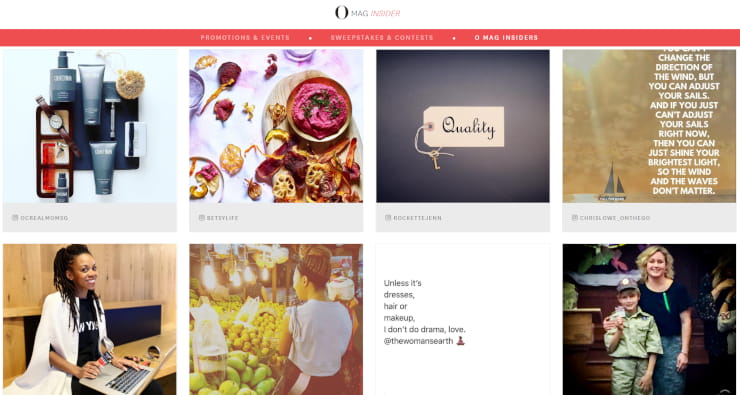
The Golden Globes’ embedded social feed features posts from their Facebook page, Instagram, and Twitter.
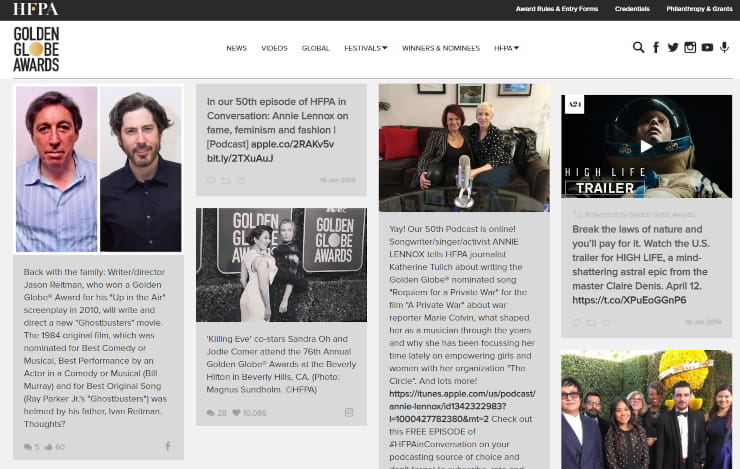
As we mentioned above, Juicer allows you to aggregate more than one social media source. Many of our clients are including social media content from 3+ sources in addition to their Facebook page posts in their embedded social feed. Juicer is much more than a Facebook page widget! If you’re interested in learning what else Juicer can offer, check out some of our additional benefits below.
Facebook Aggregator Additional Benefits
Wait, you thought that was all? Juicer’s packed with more cool features available in our Medium and Large plans. Check out some of the benefits.
Medium Plan ($19/month)
Juicer’s Medium plan is built for small businesses and bloggers who want to add multiple social media sources to their embeddable feed. With the Medium plan, you can add up to 5 social media sources, which are automatically updated every 60 minutes. The Medium plan offers full moderation and filter tools, which allow you to manage and automatically set rules and filters for new content. Want a social aggregator that looks white-label? Medium and up plans allow you to use your own branding.
Large Plan ($99/month)
For larger enterprises, marketing agencies, and e-commerce sites, our Large plan allows up to 15 different social media integrations and 3 embeddable social media feeds. The Large plans update every 15 minutes and include full moderation/filter features in addition to analytics and analysis tools.
Juicer Pricing Breakdown
As you can see, it’s easy and affordable to add a Facebook feed to your website with Juicer. By following our step-by-step instructions, you can have a beautiful Facebook feed displayed on your website within minutes.
If you operate on WordPress, we even offer a WordPress social feed plugin that makes adding a Facebook embed even easier.
Ready to get started? Sign up today and embed your Facebook feed so you can start sharing social on your website.
Frequently Asked Questions
Have questions? We are here to help.
To embed a Facebook feed on WordPress you can either use Juicer’s WordPress Plugin or use this guide that covers various methods on how to embed Facebook onto your WordPress website.
To embed Facebook posts on WebFlow, you can either use Facebook’s own solution or a tool like Juicer.io. For more information you can refer to this guide that covers various methods on how to embed Facebook posts onto a WebFlow website.
